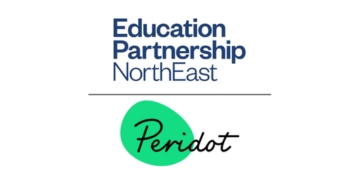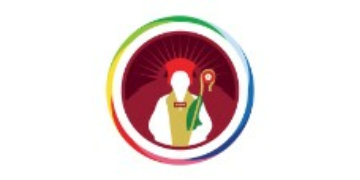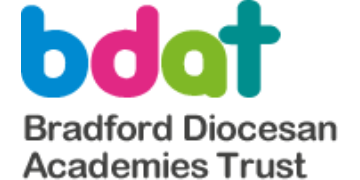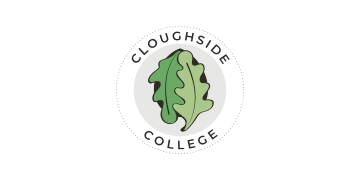In recent years, severe and persistent absence has gained momentum as one of the most pressing issues facing our education system. At DSLV Daventry, peer-to-peer coaching programmes have provided us with a unique solution.
The Centre for Social Justice reports severe and persistent absence rates are significantly higher compared to pre-pandemic levels, with persistent absence in particular rising by 52.6 per cent by autumn 2023. It also found that vulnerable children, including those who are socio-economically disadvantaged, are more impacted by persistent absence than their peers.
As absence rates continue to rise in many areas, the sector is becoming increasingly innovative in its approach to supporting pupils back into the classroom, focusing on a sustainable model of engagement, attainment-raising and leadership.
At DSLV Daventry as with schools across the country, we have also been impacted by these national challenges.
Exceptional teaching and learning is key to ensuring all pupils can aspire to academic excellence and develop the confidence to embrace life’s challenges. Peer-to-peer coaching is a novel approach that has added an extra dimension to our work to achieve these goals.
Teaching and learning typically remains under the teacher-student hierarchy. In peer-to-peer coaching, this formal hierarchy is removed. Working one-to-one with each other, students improve their ability in a subject area and develop their leadership skills and their confidence in learning.
As a school, we worked with social mobility charity CoachBright to implement this programme. Our aim was to improve attendance and attainment.
It started with a seven-session programme for socio-economically disadvantaged pupils in Year 8, who received a weekly one-to-one coaching session from a Year 10 pupil.
The charity trained our coaches and worked with them to develop engaging and meaningful sessions to support their coachees across a variety of subject areas, including English and maths.
The format encourages pupils to re-engage with learning
The format of peer-to-peer coaching eliminates any perceived authority in the coach and coachee relationship. It encourages a non-judgmental and co-productive environment for pupils to re-engage with learning and thrive as well-rounded individuals.
However, this can’t be achieved without the school placing trust in the model itself. For us, increasing attendance and reigniting a hunger for learning was at the heart of this.
What we saw is that, through these sessions, the Year 8 participants gained confidence in their ability to thrive academically and, most importantly, developed a willingness and enthusiasm for being at school.
A recent evaluation facilitated by ImpactEd corroborated the positive impact we’d witnessed. The evaluation found a high level of engagement from coachees throughout the sessions; coaches scored the engagement of their coaches at 2.7 out of 3 per session on average.
Likewise, many students saw an increase of at least one grade in their English and maths attainment after completing the sessions.
Yet more positively, the evaluation revealed an overall increase in the attendance of both Year 8 and Year 10 participants. For those who had been persistently absent prior to the programme starting, attendance increased by 11 per cent.
Our coaches also emerged as student leaders with a passion for championing the school and wider community. Many became part of the student council and showed well-developed communication and listening skills, and patience, as a result of taking part in the programme.
Success relied on the creation of trust not only between the participants and staff, but importantly between the coaches and coachees.
Receiving coaching from a peer created a non-threatening environment for pupils to open-up about their challenges with learning and attendance. They got support from a familiar figure they could more easily identify with, and saw the coaches as positive role models they could look up to and emulate in their achievements.
By being open to the possibilities that stem from peer-to-peer coaching, our pupils have been successful in overcoming significant barriers in their educational journeys. They have become resilient learners and confident student leaders.
The national tutoring programme is closed and many schools may be wondering what to replace tuition with now that they can no longer afford it.
It turns out a wealth of talent is in your school and will gain considerable new skills by sharing their knowledge and experience. Don’t pass it up!












Your thoughts